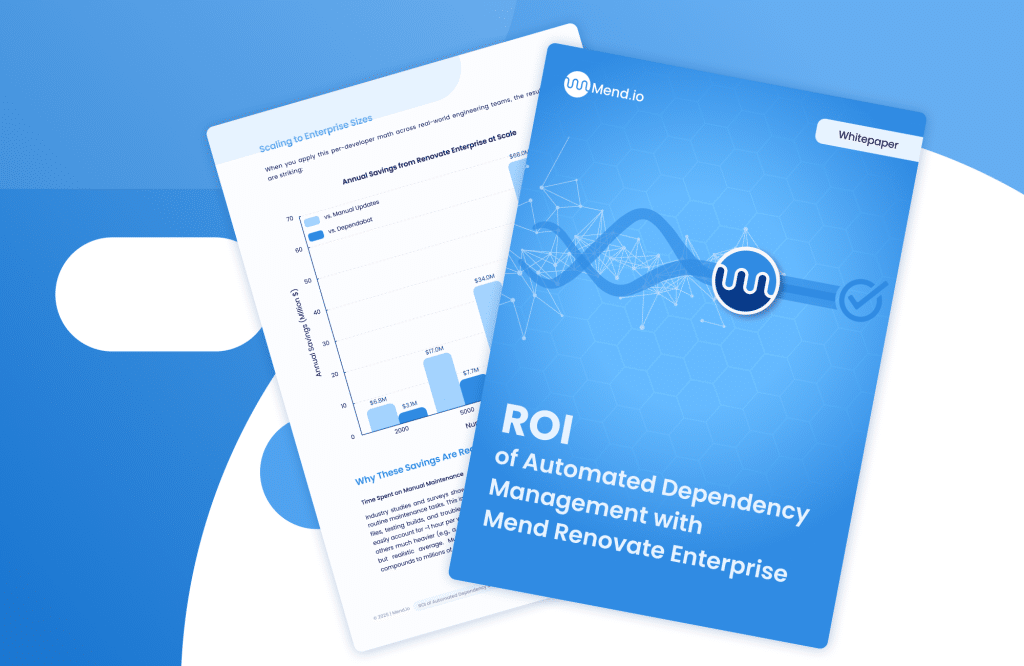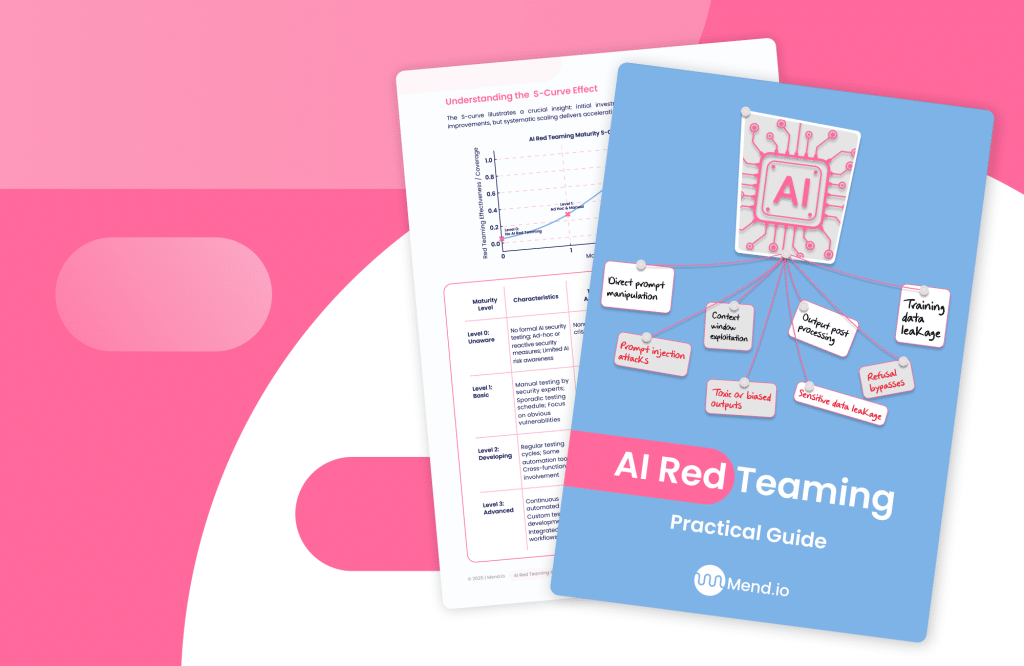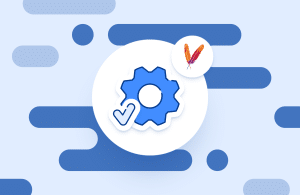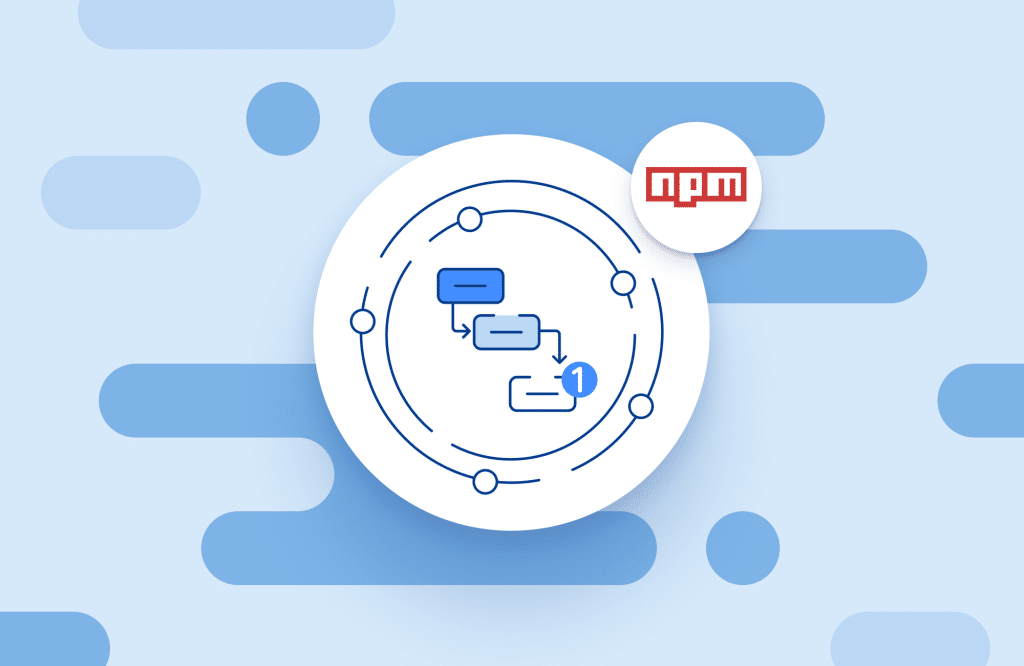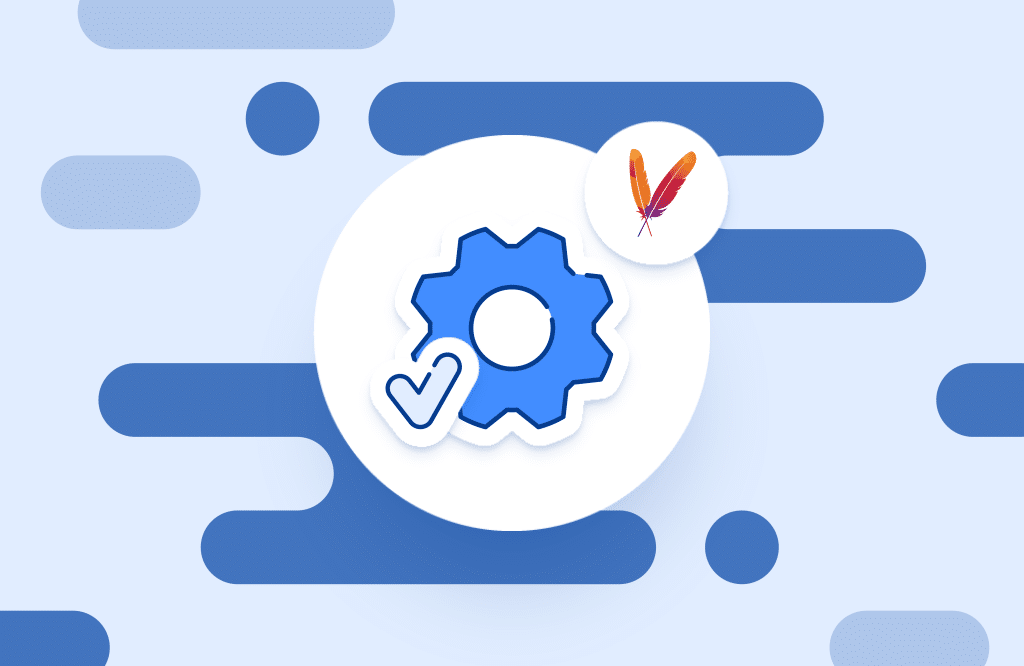Table of contents
Getting Started with Software Dependency Management
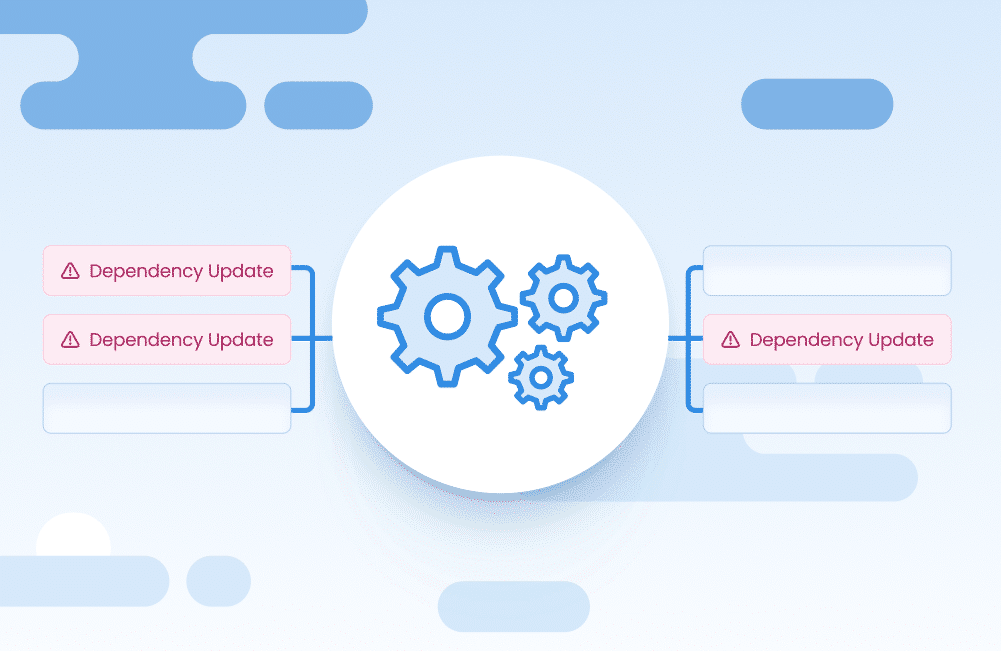
Most developers don’t think about dependency management until something breaks. The library you’ve been using for years suddenly has a critical CVE. The fix is in the latest version, but your app is twelve versions behind, and upgrading feels like untangling a knot of invisible strings. What should have been a quick patch turns into days of firefighting.
That’s the reality of software dependency management. It’s one of those practices that, when done well, you barely notice. But when ignored, it can stop a project cold.
This article is part of a series of articles on dependency management.
What dependency management really means?
Every project depends on external code—frameworks, libraries, modules. They’re the shared building blocks of modern development. Managing them is less about having dependencies and more about controlling them.
Dependency management means knowing what your project uses, making sure those pieces play well together, and keeping them current. It’s broader than just patching or upgrades (see dependency management vs. dependency updates). Think of it like maintaining a shared kitchen: you track what ingredients you have, toss out what’s expired, restock regularly, and make sure everything fits the recipe.
Why staying updated matters?
Updates bring new features, but the real reason to keep dependencies fresh is stability and security. Falling behind introduces technical debt that compounds over time.
Imagine you’re ten versions behind on a logging library. A critical vulnerability is disclosed, and the patch is only in the latest version. Upgrading means jumping all those versions at once, navigating breaking changes and conflicts. Instead of a quick fix, you’re stuck in a multi-day scramble. That’s why teams that update incrementally avoid the pain later.
There are always trade-offs (see risks and benefits of updating dependencies). But the risks of waiting almost always outweigh the short-term comfort of “it still works.” Security teams know this well—many rely on tools like OWASP Dependency Check to flag vulnerabilities before they slip into production.
Why it often gets ignored?
If updating is so valuable, why does it slide to the bottom of every backlog? Development speed plays a role—when deadlines loom, it’s hard to justify fixing something that seems “fine for now.” Fear plays a role too. Nobody wants to be the developer who merges an update that breaks the build. And for many teams, the biggest barrier is visibility: they simply don’t know how far behind they are.
That combination—time, fear, and lack of clarity—creates a dangerous cycle of deferral. The longer you wait, the harder the updates become, and the easier it is to keep waiting.
Best practices for building the habit
Breaking that cycle starts with small, intentional steps:
- Start small. Tackle a handful of updates at first. Get quick wins and build momentum.
- Automate what you can. Humans don’t scale, but bots do. Tools like Mend Renovate can handle routine bumps for you (see why and how you should automate dependency updates).
- Test everything. Run updates through CI/CD pipelines so you know they won’t break production before you merge.
- Communicate the value. Show your team and managers that regular updates reduce firefighting, lower risk, and make development smoother.
Like any habit, the hardest update is the first. After that, keeping pace gets easier.
Tools across ecosystems
Dependency management looks different depending on your language and ecosystem, but the principles are the same.
In Python, pip is the go-to, but tools like poetry and pipenv add more control (see how to manage Python dependencies). In Java, Maven updates can be automated with Renovate to save hours of manual editing. PHP developers use Composer (how to manage PHP dependencies), while JavaScript teams lean on npm, Yarn, or pnpm.
Each ecosystem has its quirks, but the story is the same: unmanaged dependencies turn into debt, while managed ones keep projects healthy.
How dependency management fits into security
Dependency management isn’t just about clean builds. It’s a frontline security practice. Outdated packages are one of the most common ways attackers compromise modern applications.
At the OS and infrastructure layer, that’s why we practice patch management. At the application layer, dependency management plays the same role. And as your projects scale, visibility becomes critical—which is where software composition analysis (SCA) tools come in. They inventory your open source components, scan for vulnerabilities and licenses, and integrate with your pipelines to keep everything current.
Put simply: dependency management is not just developer hygiene. It’s application security.
Common pitfalls to avoid
There are a few mistakes almost every team makes at first:
- Updating everything at once in a legacy project, instead of phasing updates gradually.
- Forgetting about transitive dependencies (the packages your packages depend on).
- Relying only on manual updates—which guarantees you’ll fall behind.
Avoiding these pitfalls means less downtime, fewer breakages, and a smoother path forward.
Wrapping up
Dependency management isn’t a one-time cleanup task. It’s an ongoing habit—part of how modern teams ship reliable, secure software. Start small, keep it steady, and lean on automation where you can.
The payoff is worth it: less technical debt, faster delivery, and fewer sleepless nights. Dependency management may not be glamorous, but when practiced consistently, it’s one of the strongest foundations for building software you can trust.
